12 Best Vegetables to Plant in June for Maximum Yield
June is the perfect time to plant vegetables that will thrive through the summer. As the weather warms up, there are several crops that will grow quickly and yield a great harvest. This month offers a great opportunity to take advantage of the longer days and warmer soil. Whether you are planting in your backyard or a small garden, these vegetables are well-suited for the season. With a little care, you will be enjoying a bountiful harvest by the end of the growing season.
This post may contain affiliate links, which helps keep this content free. Please read our disclosure for more info.
Tomatoes
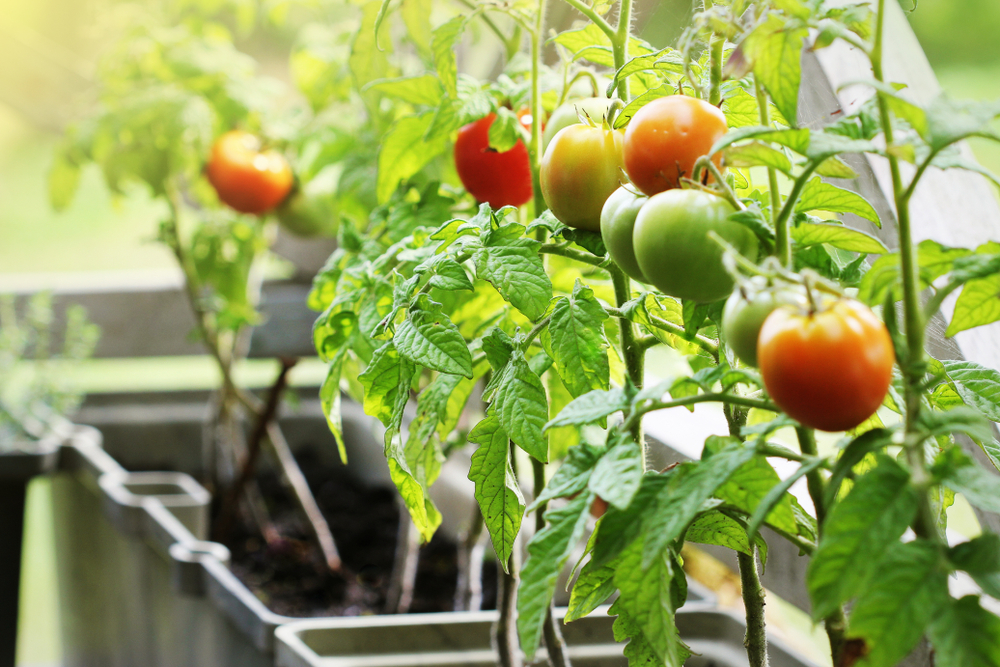
Tomatoes are a great choice for planting in June. They thrive in warm weather and need about 2 to 3 months to reach maturity. Choose a sunny spot in your garden to give them the best chance to grow strong. Be sure to water them consistently, and use stakes or cages to support the plants as they grow.
When selecting tomato varieties, consider whether you prefer smaller, quicker-growing cherry tomatoes or larger beefsteak types. Both can be planted in June, but they may have slightly different growing periods. Watch for any pests or diseases, and take action early to ensure a healthy crop. By the end of summer, you can enjoy fresh, home-grown tomatoes.
Peppers
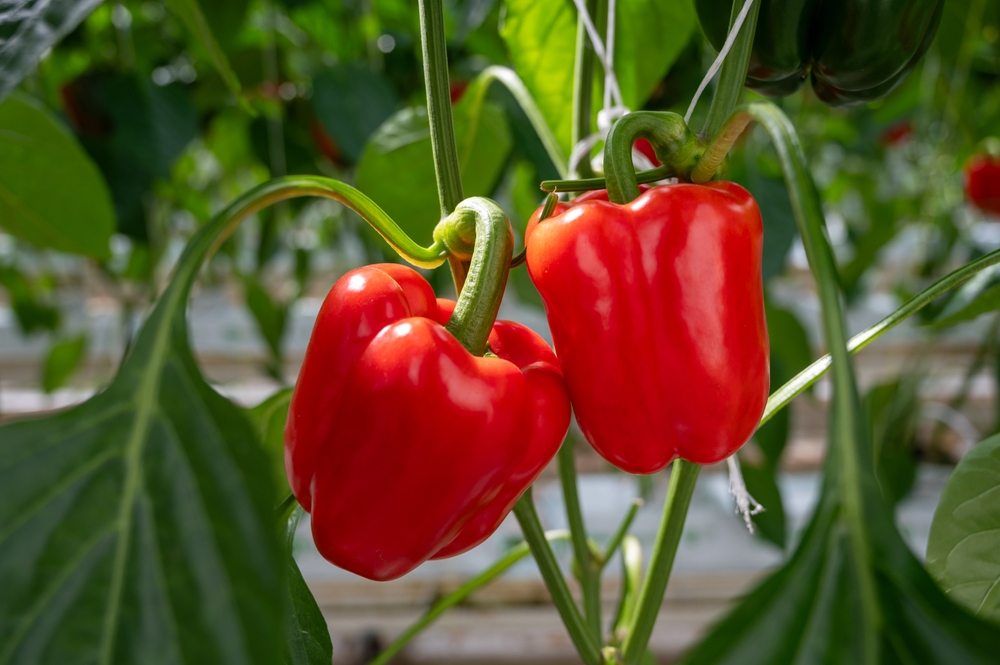
Peppers grow well in June, as they love warm weather and sunlight. They typically take about 2 to 3 months to fully mature, depending on the variety. Plant them in well-drained soil with plenty of sun exposure to encourage healthy growth. Be mindful of the temperature, as peppers thrive in daytime temperatures between 70°F and 85°F.
To get the best yield, consider using a balanced fertilizer and water your peppers regularly. You can grow both sweet peppers and hot peppers, depending on your preference. Make sure to check for pests, as peppers are prone to aphids and other insects. With the right care, you can enjoy a bountiful pepper harvest by late summer or early fall.
Beans
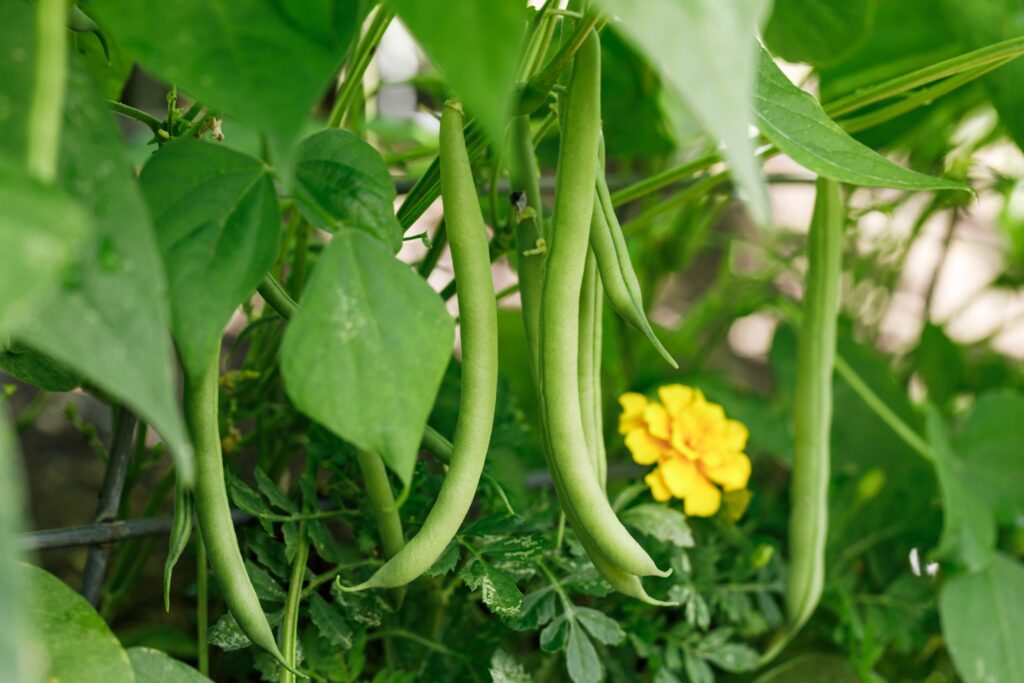
Beans are quick-growing vegetables that you can plant in June for a great harvest. Most bean varieties take about 2 months to mature, making them a fast and rewarding crop. Beans love full sun and well-drained soil, so make sure they have plenty of room to spread out. Plant them in rows or small clusters for a better yield.
Beans are also nitrogen fixers, which means they improve soil health as they grow. Water them consistently, but be careful not to overwater, as this can lead to root rot. Once the beans start to form pods, they will grow quickly, and you can start harvesting within a couple of months. They make an excellent addition to any summer meal.
Cucumbers
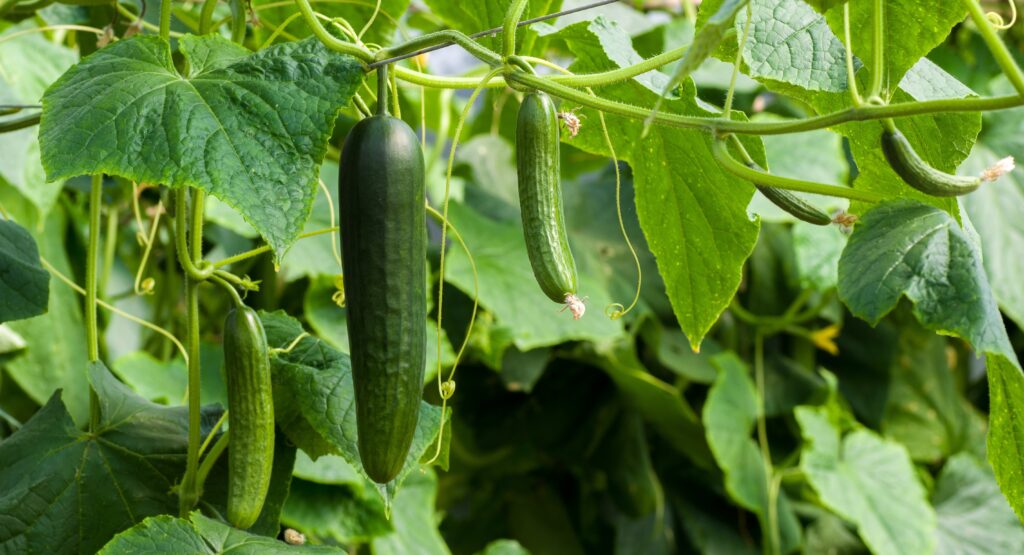
Cucumbers are an easy-to-grow vegetable that thrives in June’s warmth. They typically take 2 to 3 months to fully mature, depending on the variety you choose. Plant them in a sunny spot and ensure they have plenty of space to spread out, as cucumber vines can grow quite large. Regular watering is important, especially during dry spells.
Cucumbers are best grown on trellises to save space and keep the fruit off the ground. They can be harvested once they reach the desired size, and the more you pick, the more the plant will produce. Be vigilant for pests like cucumber beetles, which can damage your plants. With a little care, cucumbers will reward you with a plentiful harvest.
Squash
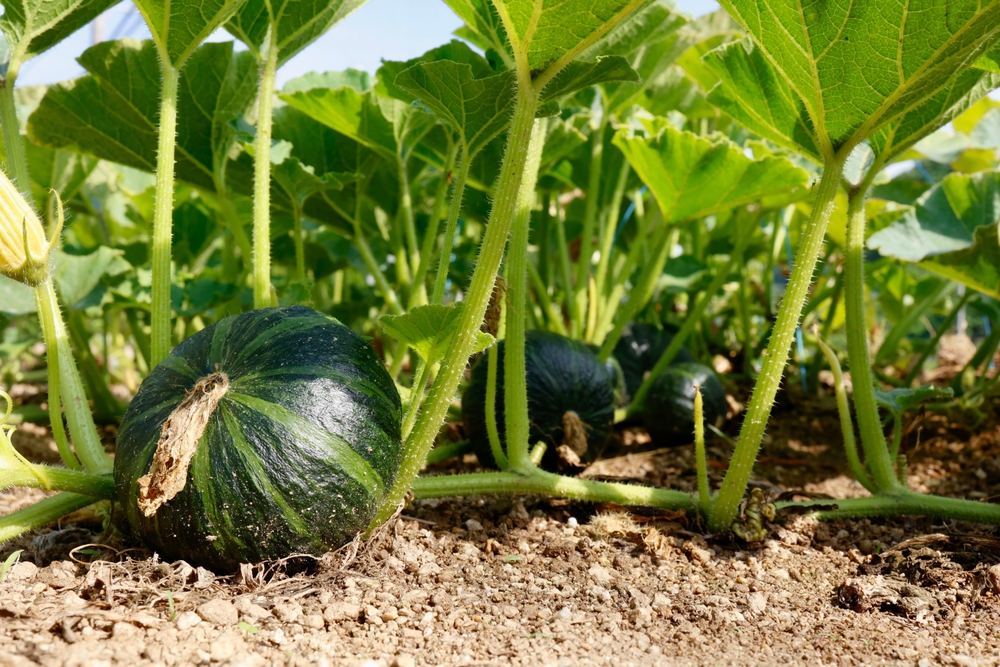
Squash plants, including both summer and winter varieties, are well-suited for June planting. They generally take about 2 to 3 months to reach maturity, depending on the type. Squash prefers warm soil and full sun, making June an ideal time to plant. Space your plants well to give them room to spread and produce plenty of fruit.
Squash plants are fairly low-maintenance, but they do need regular watering to thrive. They are also vulnerable to pests like squash bugs and vine borers, so keep an eye out for signs of damage. If you plant both summer and winter squash, you can enjoy a long harvest season from late summer into fall. Squash is versatile in the kitchen, making it a great addition to your garden.
Carrots
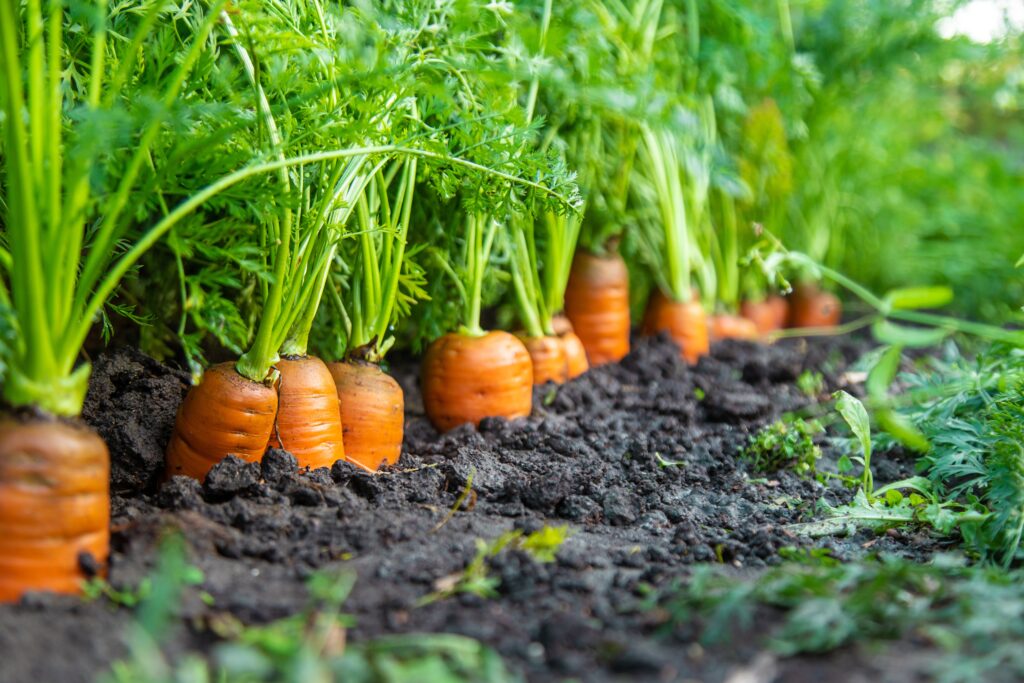
Carrots can be planted in June for a late-summer harvest. They typically take about 2 to 3 months to reach maturity, depending on the variety. Carrots grow best in loose, well-drained soil, so prepare your garden bed by loosening the earth to allow the roots to grow properly. Plant the seeds in rows, and thin them out as they sprout to avoid overcrowding.
Keep the soil moist, but not soggy, during the growing period. Carrots are ready to harvest when their tops start to show above the soil surface. Pull them carefully to avoid breaking the roots. These crunchy vegetables can be used in many dishes, from salads to stews, once they are fully mature.
Lettuce
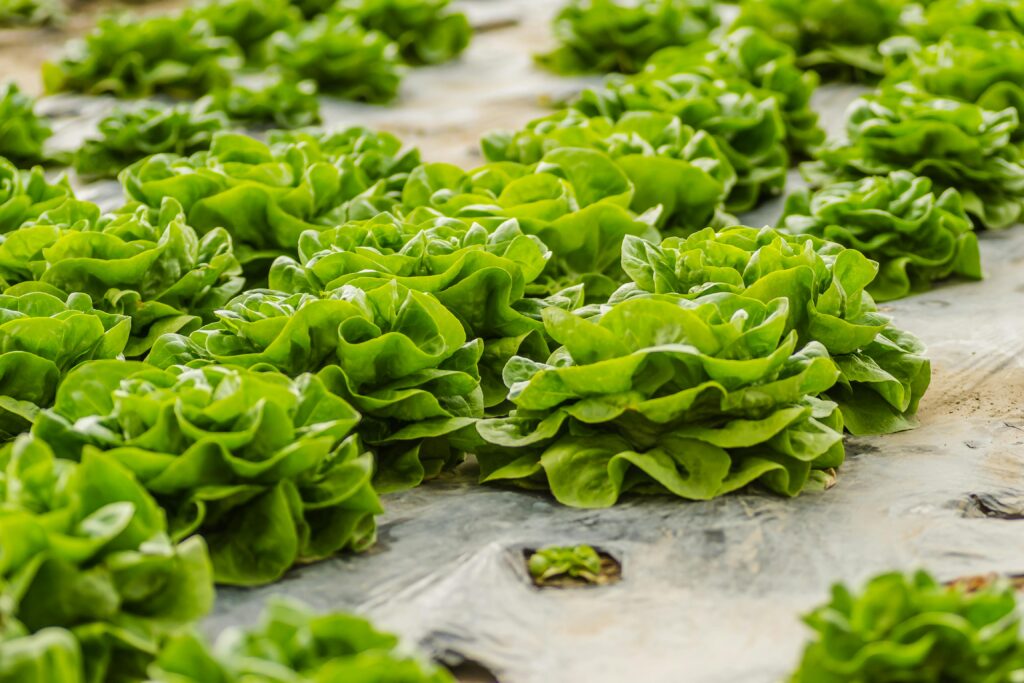
Lettuce is a cool-weather crop that grows quickly and can be planted in June for a late-summer harvest. It typically takes about 1 to 2 months to grow from seed to harvest, making it an excellent choice for quick results. Lettuce prefers partial shade during the warmer months, so planting it in a spot with some afternoon shade can help it thrive.
Be sure to keep the soil moist and avoid letting it dry out, as lettuce is sensitive to drought. Harvest the leaves as they grow, and the plant will continue to produce. Lettuce can be used in a variety of salads or as a fresh topping for sandwiches. Planting multiple crops over the summer will give you a continuous supply of fresh greens.
Radishes
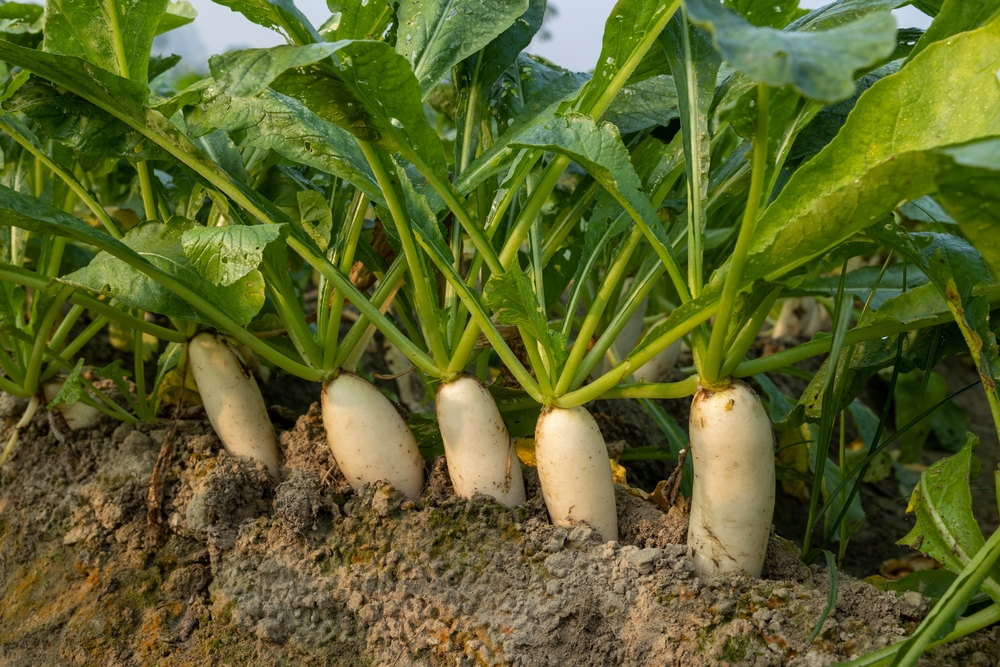
Radishes are a fast-growing vegetable that can be planted in June for a quick harvest. They typically take about 1 month to mature, making them one of the quickest vegetables to grow. Radishes grow best in loose, well-drained soil and need plenty of sunlight to develop their crisp texture.
Plant radish seeds in rows and thin them out as they grow to give each plant room to expand. Water them regularly, but avoid overwatering, as this can cause them to become soft or mushy. Radishes are ready to harvest when their roots are firm and colorful. They make a great addition to salads or can be eaten raw as a crunchy snack.
Beets
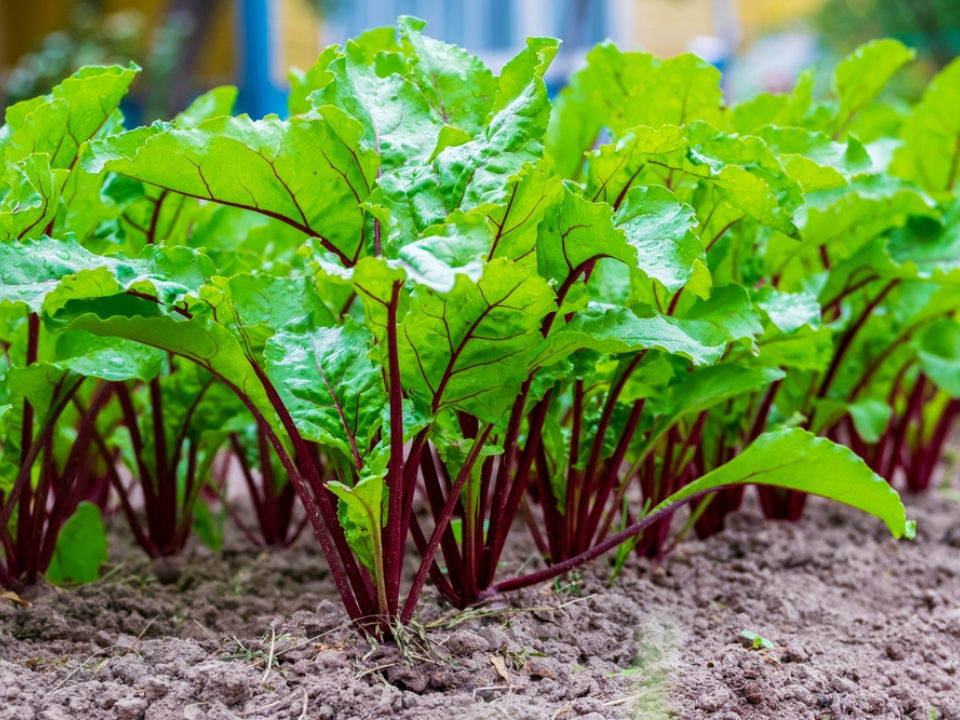
Beets are versatile vegetables that you can plant in June for a fall harvest. They take about 2 to 3 months to grow and thrive in cool weather, but they can handle the summer heat as long as they are watered well. Beets need well-drained, loose soil to allow their roots to grow properly.
To get the best harvest, space the seeds about 3 inches apart and thin them out once they sprout. Beets are ready to harvest when their roots are about 2 to 3 inches in diameter. Both the roots and the leafy greens are edible, making beets a great two-in-one vegetable for your garden.
Kale
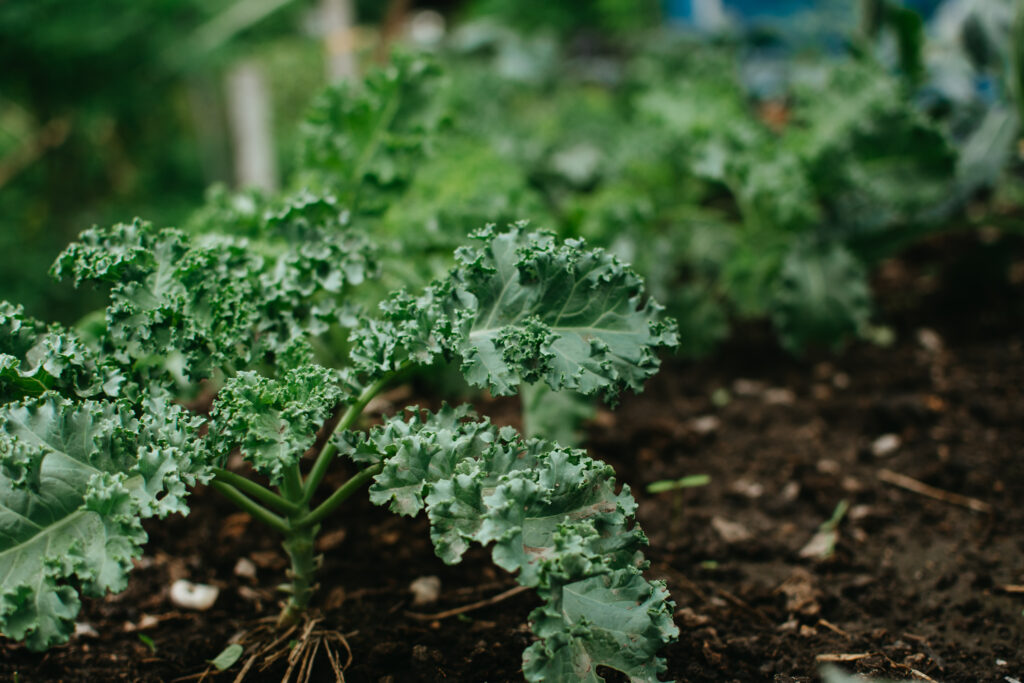
Kale is a hardy green that grows well in June and continues producing through the summer. It takes about 2 to 3 months to fully mature, but you can start harvesting leaves as soon as they are large enough. Plant kale in a sunny spot with rich, well-drained soil to encourage healthy growth.
Regular harvesting of the outer leaves will encourage the plant to grow more. Kale is a nutrient-dense green that can be used in salads, soups, and smoothies. Keep an eye on your kale for any signs of pests, such as aphids or caterpillars, and address them quickly to keep your plants healthy. By the end of summer, you can enjoy a continuous supply of fresh kale.
Zucchini
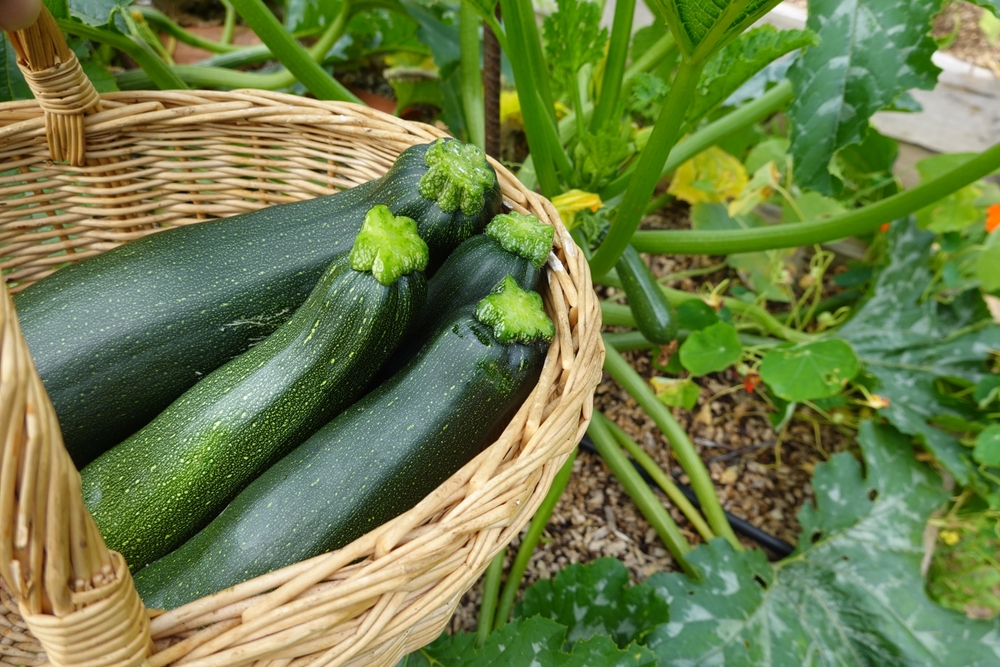
Zucchini is an easy-to-grow vegetable that thrives in the warm weather of June. It typically takes about 2 months to mature, and it grows quickly when given plenty of sun and space. Zucchini plants spread out, so make sure to provide enough space between each plant to allow them to grow.
Regular watering and well-drained soil are key to successful zucchini growth. Harvest the zucchini when it reaches a good size, and it will continue to produce more fruit throughout the season. Zucchini is versatile in the kitchen and can be used in a variety of dishes, from stir-fries to baked goods. It is a great vegetable to plant for a steady harvest.
June is the perfect time to plant a variety of vegetables that will flourish in the summer heat. With careful planning and attention, these crops will provide an abundant harvest. Start your gardening journey now, and you will reap the benefits all season long.
This article originally appeared on Avocadu.
